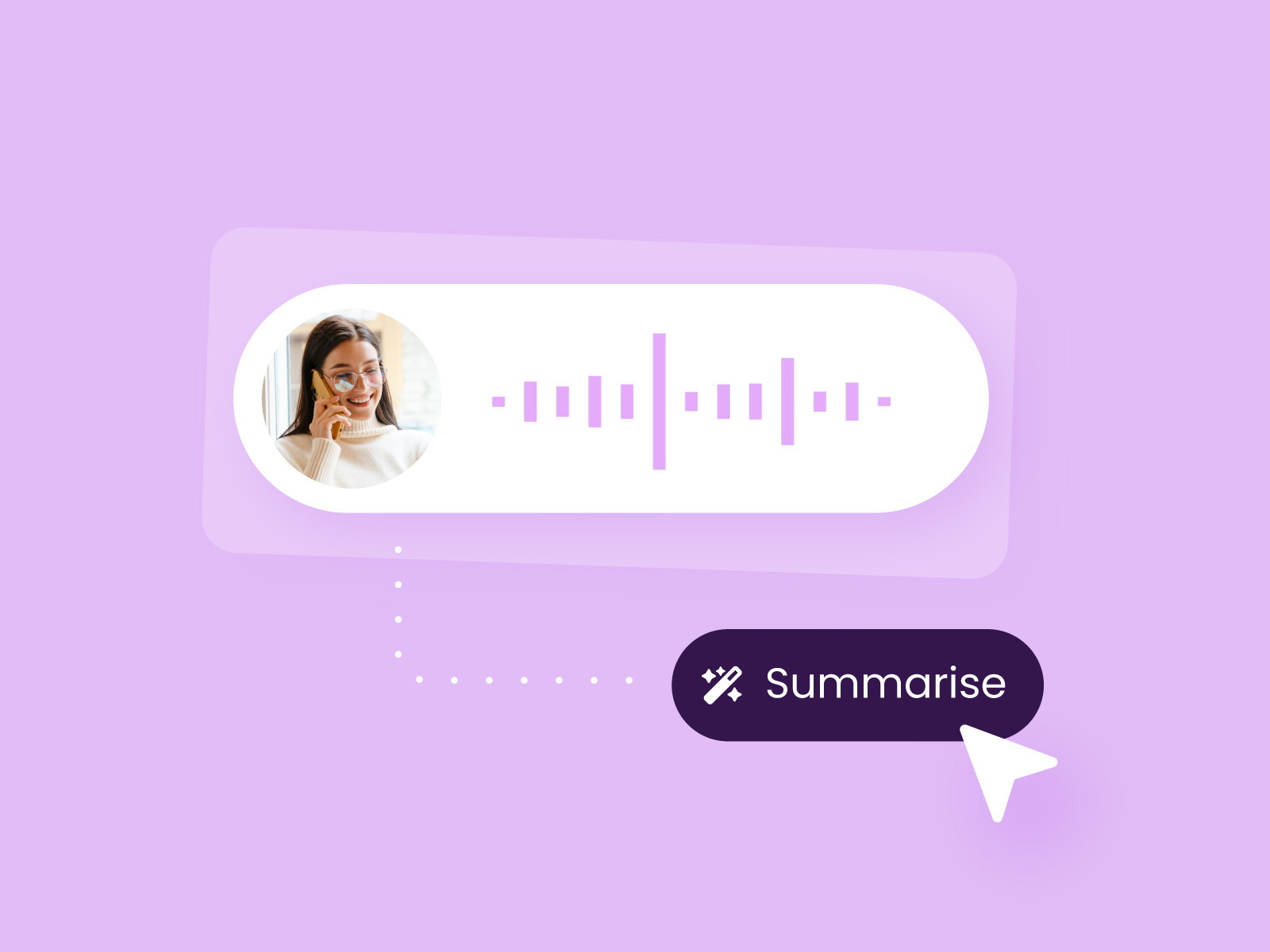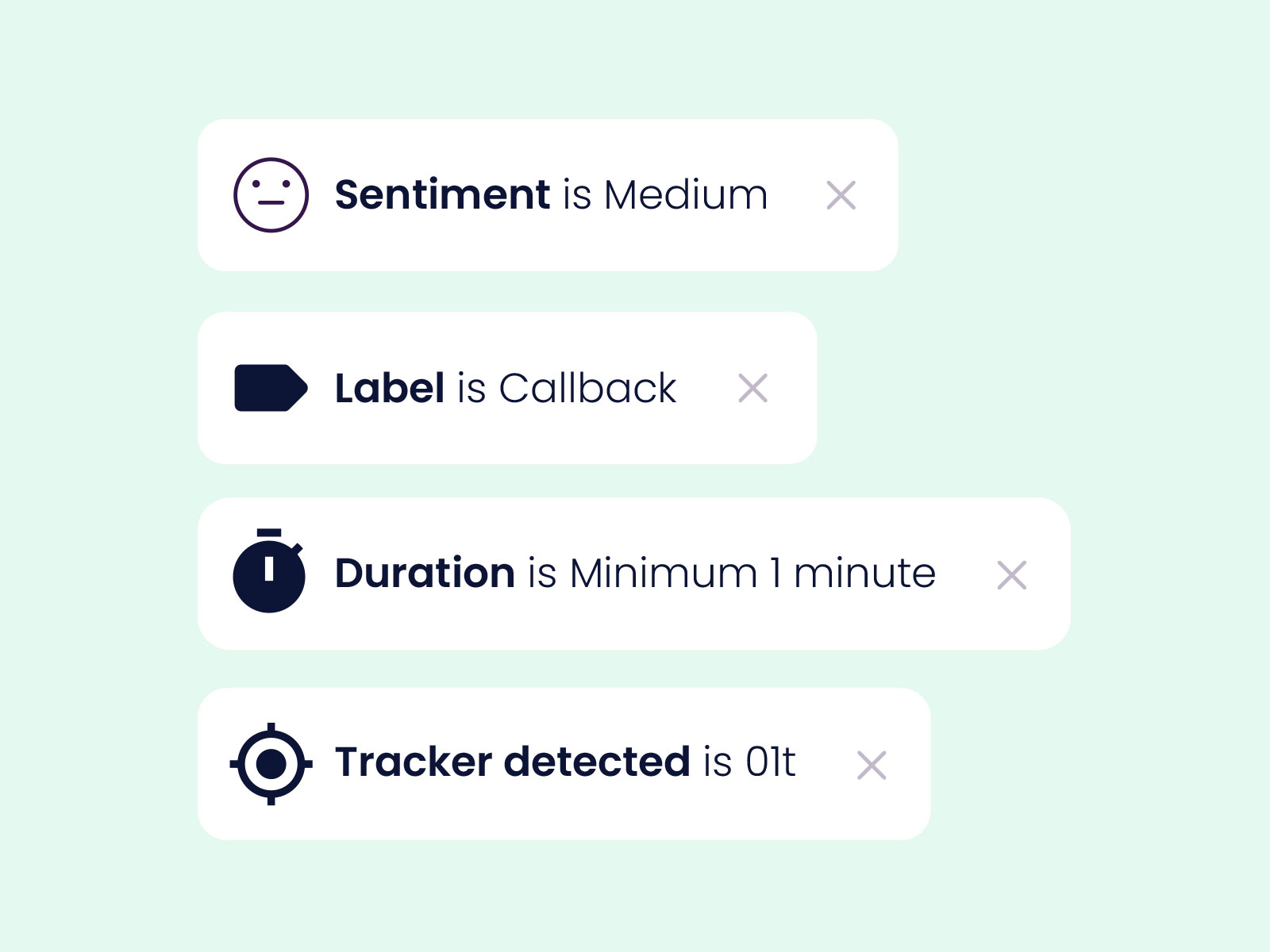A new breed of chatbot has arrived — and it’s raising the bar for digital self-service.
Chatbot technology hasn’t stopped evolving since the 1960s, when MIT created the first-ever ‘chatterbot’ called ELIZA. Today, bots are used across a wide range of industries to help people diagnose illnesses, learn new languages, buy goods, make dinner reservations, keep up with the news and even ease loneliness.
But where bots have truly thrived is in customer service. And with conversational AI now making it possible for bots to speak like humans, learn like humans, and perform sophisticated service tasks, there’s a lot more growth to come.
So what is conversational AI, how is it being used in customer service today, and what should you consider when choosing a vendor?
What is conversational AI?
Conversational AI is the artificial intelligence that enables machines, such as chatbots, to understand and interact with people in a human-like way.
It uses a combination of natural language processing (NLP), natural language understanding (NLU), machine learning and proprietary algorithms like automatic semantic understanding (ASU), to give bots the ability to recognise human speech or text, identify the “intent” and then respond in a way that mimics real-life human conversation.
The “intent” here is the goal the human has in mind when interacting with the bot, such as requesting information or purchasing an item.
How is conversational AI being used in customer service today?
Conversational AI is the technology that powers virtual agents (VA) and virtual customer assistants (VCAs).
These highly sophisticated bots differ from rule-based or decision-tree chatbots, which are constrained to follow a strict script. While these bots can feel canned and robotic, virtual agents feel more like talking to a real person.
Virtual agents can also understand different languages, misspellings and slang, and perform service tasks including answering enquiries, making purchases and filing claims. Most importantly, when an enquiry needs a human touch, they can easily handover to a live agent via an integration with your contact centre solution.
All of this has made virtual agents particularly popular in the retail, utilities and financial services industries, where customer expectations are notoriously high. Here are a few examples of common use cases.
Conversational AI in retail
In the retail industry, customer experience is everything. And with more customers now shopping online, a virtual agent can help retailers provide the same fast, friendly and personalised experience that they would receive in-store.
For example, online retailers can use a virtual agent to proactively greet customers when they visit their website. Virtual agents can also help drive conversion and revenue by offering personalised shopping advice, helping customers navigate to certain products, and suggesting additional or complementary products based on their purchase history.
Conversational AI in utilities
Customers rarely need to contact a utility company unless there’s an issue, such as a power outage or burst pipe. The problem is, this is when support teams are at their busiest.
A virtual agent can help utility companies keep on top of demand by responding to repetitive enquiries and keeping customers informed at all hours. This provides customers with a fast and friendly way to get the information they need, without having to wait in a call queue, and frees contact centre agents to focus on the most complex enquiries at hand.
Conversational AI in financial services
Time is money — and customer service teams in the financial services sector are spending too much of it on simple service requests.
A virtual agent can help customers check their account balance, report a lost or stolen card, process mortgage payments and even apply for a loan without having to speak to an agent. This allows human agents to devote their time and energy to complex financial discussions that call for more nuanced decision-making. In such a highly regulated industry, virtual agents can also be 100% relied upon to adhere to the strictest standards on data retention, anonymisation and privacy.
According to Juniper Research, virtual agents are estimated to be responsible for automating 90% of all bank-related interactions by 2022 [1].
Selecting the right conversational AI vendor
With the chatbot industry booming, there are now more than 2,000 conversational AI vendors worldwide. And solutions can vary greatly, making it difficult to choose the right one for your business.
However, Gartner’s ‘Making Sense of the Chatbot and Conversational AI Platform’ report recommends considering the following eight criteria [2]:
1. Building and maintenance
Who will be responsible for building your virtual agent and making sure it runs smoothly? Will it be your frontline agents, IT department or the vendor? If you want your frontline agents to be able to manage the bot, you’ll need a solution that is low-code and easy to use.
2. Purpose
Is the purpose of your virtual agent to cut costs? Or is it to work in tandem your frontline team? If the latter, you’ll need to make sure the virtual agent can seamlessly handover to your human agents when needed. This will require a deep integration with your contact centre solution.
3. Intended audience
Will customers, employees or consumers be the primary users of your virtual agent? Whoever it is, it’s important to ensure your solution can cater to their unique needs and vocabulary.
4. Deployment
Will the solution be able to integrate with your existing contact centre solution or will it be a separate app? And how long will deployment take? Ideally, you’ll want to be able to integrate your chatbot with the software and channels you already use, bringing AI-powered automation to the platforms your customers love and use every day. When the chatbot solution shares a deep integration with your contact centre solution, the path to launch is drastically shortened, and your customers feel a streamlined experience that leverages the specialised functionality of both technologies.
5. Packaging
How flexible and scalable is the solution? Can it be used to fulfil multiple use cases or is it designed to achieve just one or two? Either way, it is important to pick a solution that can achieve high prediction accuracy, or in other words, that consistently identifies the correct customer “intent”. Without this, even if those one or two use cases are fully supported, customers will still find that the majority of their enquiries are met with a virtual blank stare, which will reduce confidence in the solution.
6. Scope
Does the vendor supply components, middleware or full-stack solutions? In other words, will the solution fulfil all your needs or will you need to purchase multiple solutions from different vendors to achieve your business goal? Multiple solutions can add up quickly.
7. Specialisation
Is the vendor a specialist in the intended use case for your virtual agent? Do they specialise in your particular vertical or domain? Or is the solution designed for a broad range of use cases and industries?
8. Language support
Can the solution recognise and support multiple languages? Can it seamlessly transition between languages and can it recognise slang? This is particularly important for businesses with international customer bases.
Puzzel and Boost.ai
Boost.ai are specialists and a global market leader in conversational AI. They have deployed more virtual agents than any other company in the world and have partnered with Puzzel to provide businesses with complete customer service solutions since 2018.
Boost.ai´s conversational AI platform is reliable, secure, compliant and easy to use. It makes automation a breeze, especially for large enterprises that want to automate at scale.
The platform is packed with enterprise-grade features, including staging environments and built-in tasks for your employees. It also shares a deep integration with Puzzel’s Contact Centre solution, enabling smooth handovers to live agents who are equipped with all the tools they need to deliver the important human touch.
Boost.ai’s virtual agents can maintain near-perfect prediction accuracy, even if scaled up to thousands of user intents. Together with your team, we can also work with you to ensure the right analytics are captured and your virtual agent continues to develop and deliver.
For more information on conversational AI and the benefits of deploying virtual agents in your contact centre, join our webinar on June 18.






